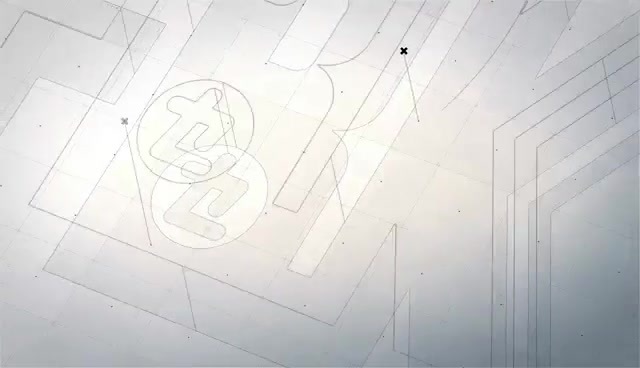Car little knowledge: how much do you know about brake pads
Release Time:
2021-09-15
The brake system is one of the important parts of the car. No matter how good the performance of the car is, it is useless without excellent brakes. In the brake system, the brake pads can be said to be one of the most critical components. The quality of the brake pads determines the braking effect. Good or bad, it is very important for driving safety performance.
One of the most important parts of a car! How much do you know about brake pads?
The brake system is one of the important parts of the car. No matter how good the performance of the car is, it is useless without excellent brakes. In the brake system, the brake pads can be said to be one of the most critical components. The quality of the brake pads determines the braking effect. Good or bad, it is very important for driving safety performance.
1. How to detect the condition of the brake pads? How do you know if the brake pads need to be replaced?
There are a few things to be aware of. First, when the brake pads have reached the limit of the replacement, you will most likely feel that your braking performance is not as good as it used to be. In addition, at this time, you are also likely to hear the brakes screeching when you hit the brakes, which is actually a sign telling you that it is time to change the brake pads.
This type of screeching noise is usually produced, mainly caused by the special wear marks on the brake pads rubbing against the brake disc. And if the brake pads wear down further, you may hear a more harsh metal scraping sound, which is caused by the steel back material on the bottom of the brake pads rubbing against the brake disc. Finally, if you feel a noticeable vibration when you hit the brakes, this is actually one of the symptoms of worn brake pads.
If you experience any of these symptoms, be sure to check the condition of your brake pads, you should usually be able to see without removing the tire; you just need to look inside your brake calipers and try Check the thickness of the brake pads.
2. There are many types of brake pads made of different materials on the market today, and the price difference between these products is quite large. What is the reason and how will it affect the car?
Different brake pad materials can bring a completely different braking experience. The most important thing is to choose the right material to match your driving needs. At present, there are three main friction materials used in the manufacture of brake pads on the market, which are Non-Asbestos Organic, Semi Metallic and Low Metallic.
First of all, let us explain the brake pads made of asbestos-free organic materials. In fact, asbestos-free organic materials are also known as ceramic brake pads. Bendix's General CT and 4WD/SUV series brake pads use this type of material. Ceramic brake pads have the advantages of low noise, low powder, and less damage to the brake disc, while at the same time providing stable braking performance.
For rough vehicles such as pickup trucks, trucks that are often towed or loaded, and ordinary cars, high-performance brake pads that can resist thermal decay are required to ensure that enough gas can be released during the manufacturing process to improve the structural integrity of the brake pads .
Finally, there are brake pads made of low metal materials, which contain a high content of mineral abrasive materials, which can provide better braking performance, suitable for performance and high-speed driving style.
3. Why do some car models generate a lot of brake dust?
Brake dust is a "by-product" of the braking process, which is common and almost unavoidable. It consists of iron particles, mainly caused by direct friction between the brake pads and the iron brake disc. In addition to the metal material, brake dust also contains some carbon residue, forming the so-called "brake powder". Although this black brake powder is not very elegant, the good news is that it does not affect the braking performance.
P/S: You may notice that many European cars produce more brake dust and stick to the rim, why? The reason is that they use low metal (Low Metallic) or semi-metal brake pads, because these materials can generate enough braking force to stop the car safely.
4. How often should we change the brake pads?
The wear rate of brake pads depends on a variety of factors, from the material of the brake pads, driving habits, the condition of the brake discs, and even whether the brake calipers are operating normally can affect the life of the brake pads. Usually brake pads can be used for 40,000 to 60,000 kilometers, but we have also heard of brake pads used for more than 80,000 kilometers.
If you want more durable pads, opt for semi-metallic pads, which typically have a longer lifespan than asbestos-free organic or low-metal pads.
Related News





